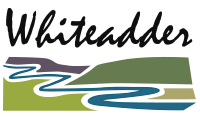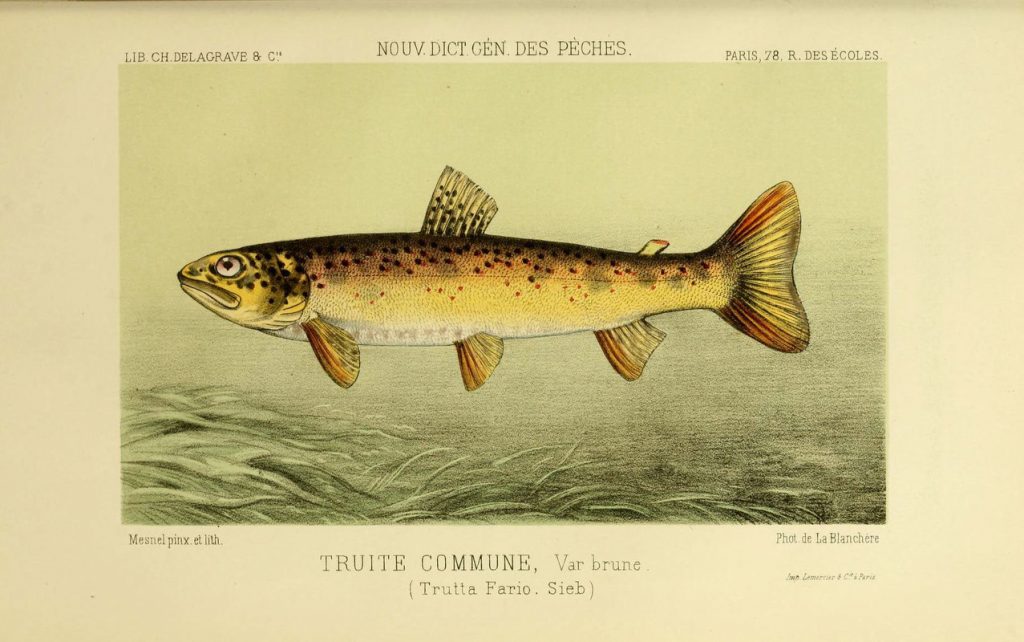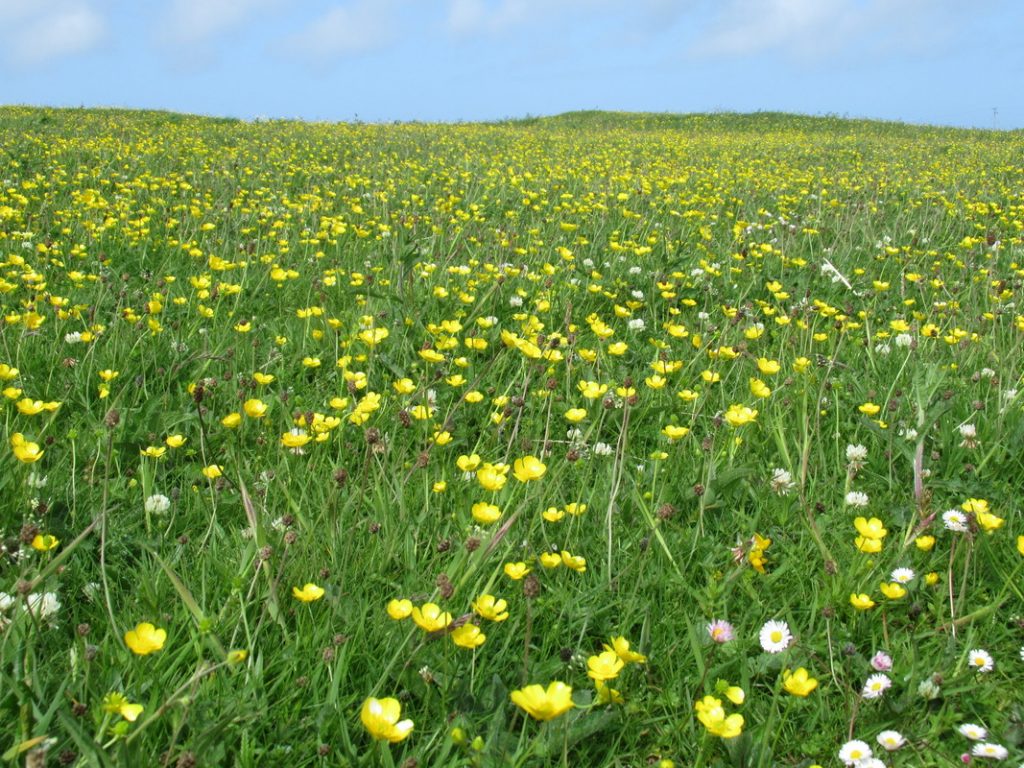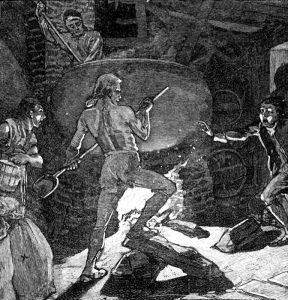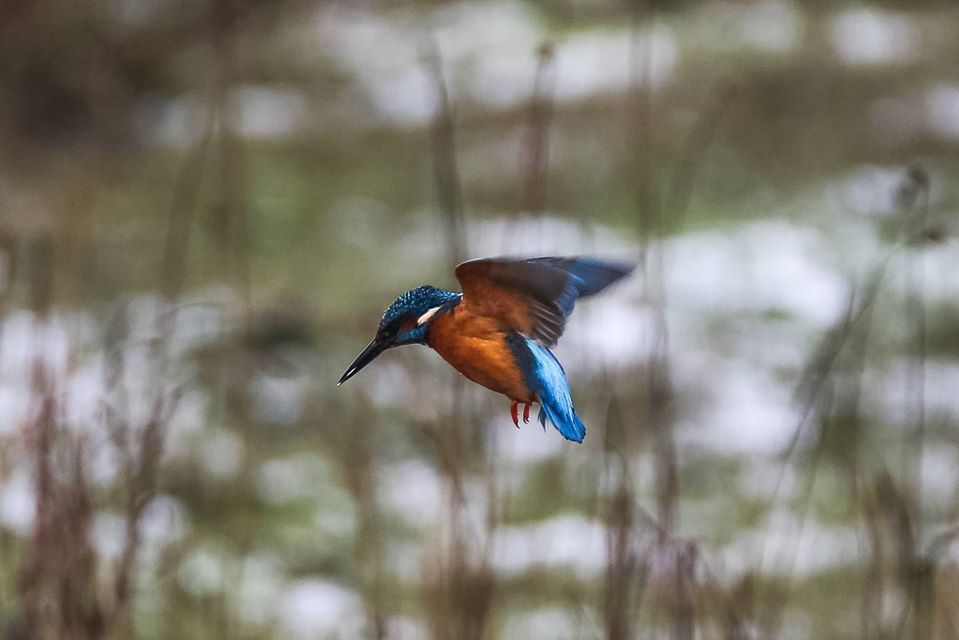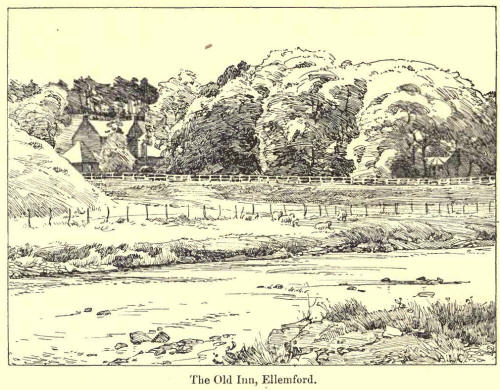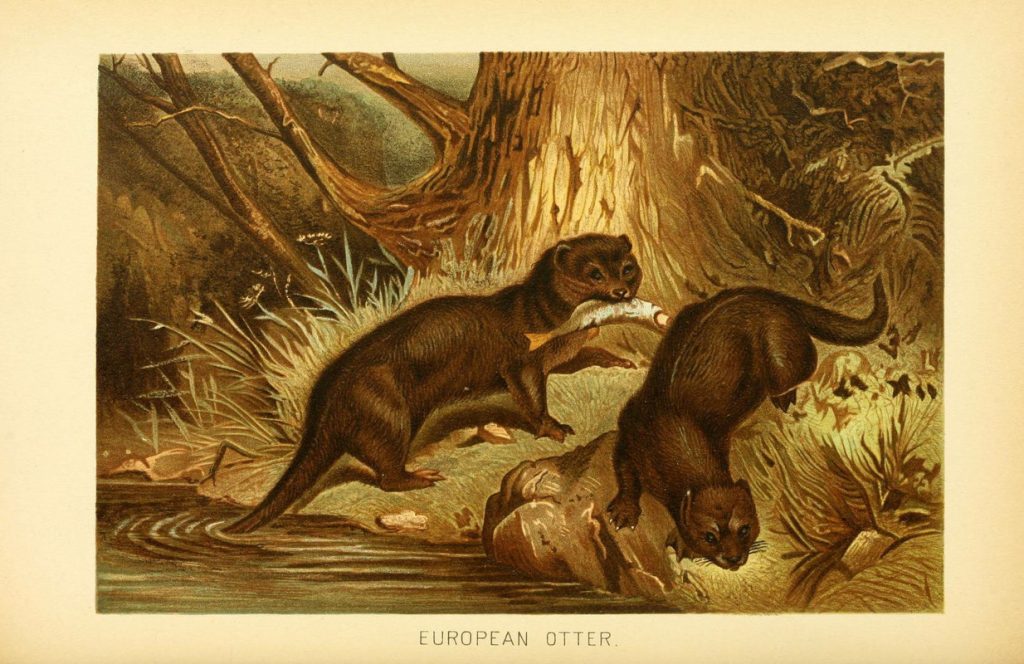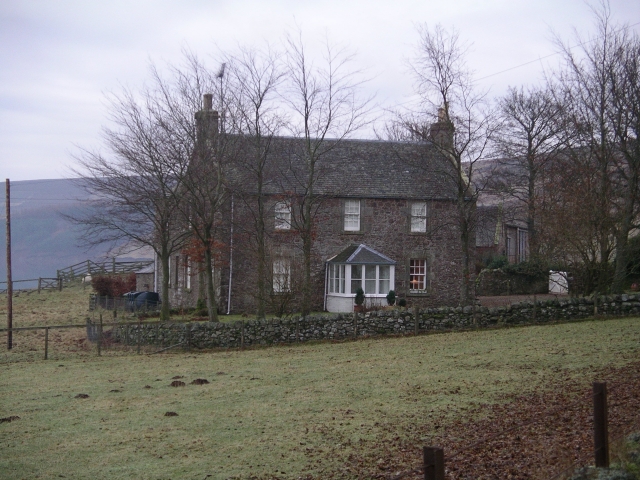These stories take us back in time for a sense of the sights, souls and sounds which enlivened the landscapes in and around the Whiteadder River in centuries past.
A bag of worms and a basket of trout
Writer Arthur Granville Bradley recalls his host at a former local inn going off on a fishing trip on the day after a storm.’… from every side came that delicious sound of gurgling waters … Our host was away after breakfast, with a piece in his pocket and a bag of worms’
Buttercup legs
Local people were known for having bad legs. A local doctor came up with an intriguing, but slightly insulting, theory.
Garvald - stills in the hills
Illegal whisky stilling was a thriving industry in the glens around Garvald in the 1700s and 1800s.
Glimpses of Whiteadder's river wildlife
‘A kingfisher flashes by, a streak of glory, and a heron beats his slow way over the trees where the cushats stir and rustle.’ Writer Arthur Granville Bradley (1850-1943) describes momentary glimpses of a kingfisher, a heron and cushats (wood pigeons) on the Whiteadder River.
Grace the innkeeper
Here at Ellemford there was once a popular Inn, frequented mainly by fishermen. Grace, the Innkeeper, made sure they were well fed.
Otter hunter
Otters are now a rare and protected species but were once hunted on the Whiteadder Water.
Wayside hospitality
In the late 1800s, Priestlaw was known for its wayside hospitality. With miles of wild moorland either side, the farm’s owner welcomed travelers with food and, of course, whisky.
